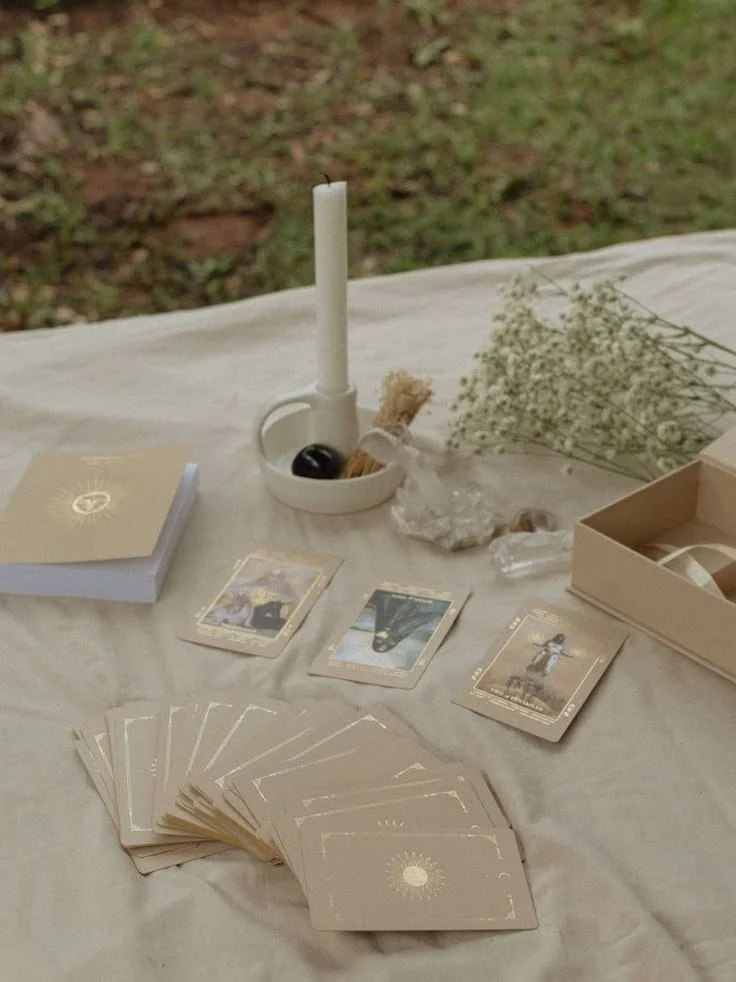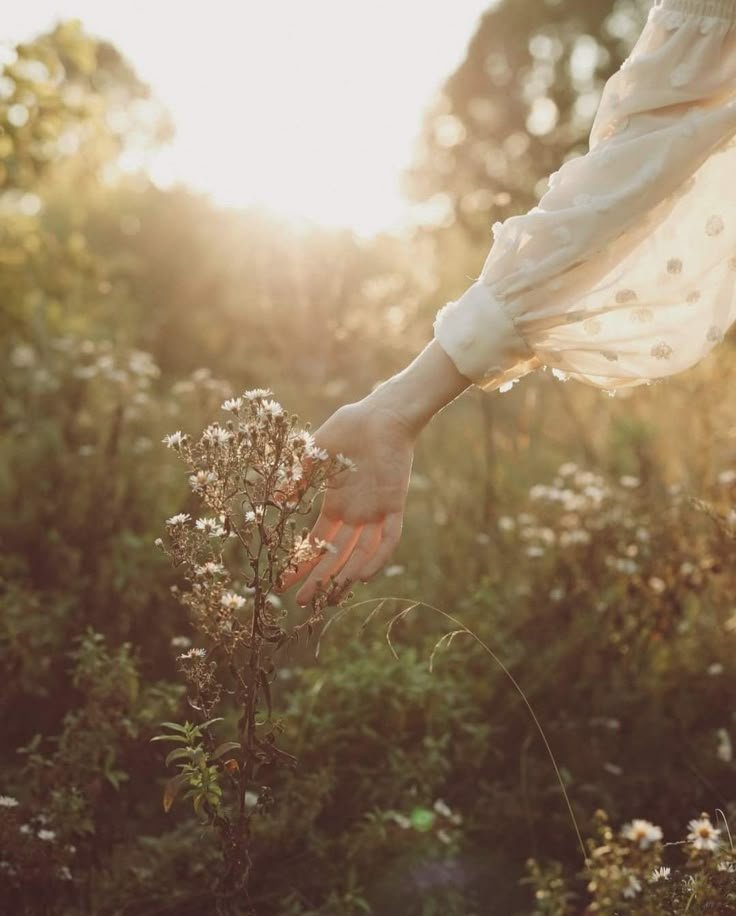
Our Story
In the fall of 2021, I stepped into a forest on a forest bathing walk and felt something I had been longing for without even knowing it. The air was rich with the scent of pine and earth, leaves whispered in the wind, and the quiet rhythm of the trees seemed to echo the pulse of my own heart. In that stillness, I felt deeply held, fully present, and utterly alive—and I knew I wanted to share that experience with other women.
That moment became the seed from which Friends of the Forest grew, a nonprofit offering nature-inspired programs for women, rooted in the belief that true well-being is found in harmony with the earth. Yet even as our programs expanded, I felt the call for something more—a space that could hold women not only in the wild, but in the everyday. A sanctuary where healing didn’t depend on the weather. A place where softness could be practiced, embodied, and lived.
And so, Avalon Reimagined was born.
I chose the name Avalon because it carries the resonance of a timeless sanctuary—a place between worlds where women have long sought wisdom, healing, and transformation. In legend, Avalon is the Isle of Apples, a fertile, sacred land tended by priestesses who guarded the mysteries of the feminine. To me, Avalon is not a faraway place lost in the mists, but a living current that flows through us still. It represents the return of feminine wisdom, the remembering of our sacred roots, and the possibility of weaving myth into daily life.
Here, the spirit of Avalon guides us—not as a place lost in time, but as a living sanctuary where myth and daily life converge
Mary Magdalene flows through Avalon Reimagined, her courage and devotion guiding us to reclaim our sacred power and witness the divine feminine within. Her story of presence, insight, and unwavering love resonates here, shaping the way we gather, move, and honor the inner life. Alongside the ancient magick of Avalon, she grounds the sanctuary in both myth and lived experience, calling us into reflection, renewal, and the blossoming of our fullest selves.
Avalon Reimagined is a sanctuary where women can slow down, awaken to their inner wisdom, and explore soft magick, spirituality, self-care, and the rhythms of the feminine spirit. Every corner carries intention, reverence, and possibility—a quiet invitation to connect, reflect, and nourish your body, mind, and soul.
Friends of the Forest continues to guide women into the wild through forest bathing, equine therapy, and seasonal gatherings beneath the open sky. Avalon Reimagined complements this work, offering a sanctuary where the same spirit of presence, wisdom, and soft magick can be experienced indoors, in the everyday. Together, they form a path from the wild into the sanctum, from myth into embodiment, from the whispers of legend to the quiet knowing of the heart.
Whether you step beneath the forest canopy or into the sanctuary, you are welcome here.
This is your sanctuary.
This is your rising.
This is Avalon, reimagined.
Wild Blessings and With Devotion to the Spirit of Avalon,
Kathleen, Proprietress of Avalon Reimagined & Founder of Friends of the Forest
Our Guiding Principles
-

We Are Committed To Supporting Women
We are committed to sourcing ingredients ethically and respectfully towards mother earth. We source and purchase the highest quality teas and botanicals from women-owned small-batch tea makers and worker cooperatives committed to sustainably growing and harvesting ingredients free from pesticides, fungicides, and herbicides. We source handmade products from independent women makers around New England and the U.S.
-

We Support Your Spiritual Journey
Your spiritual journey is uniquely your own. We are committed to holding space and helping you on your path in connecting with your inner self and aligning with your higher power. We work hard to create a sacred space that supports local artisans, honors ancient and modern cultures, and fosters magickal energy within our community.
-

We Operate With Mother Earth in Mind
We strive to operate in an eco-friendly manner. We practice conscious consumerism when purchasing supplies whenever we can and always look for the best option. This includes post-consumer recycled printing paper, envelopes, toilet paper, trash bags, and supplies to biodegradable packing tape, price tags, merchandise bags, and cleaning supplies. The boxes and packaging materials we receive from shipments are reused from previous shipments.
-

We Are Inclusive. Period.
We are an inclusive environment where trust and care are central to our actions. This is a safe space for all women, sexualities, ethnicities, abilities and disabilities, ages, who feel like they need a genuinely supportive and safe environment in this ever-changing world. Together, we can learn and share ways to support each other and Mother Earth and work towards an environment of fairness, diversity, and respect. We stand here with you; you are safe(r) here.